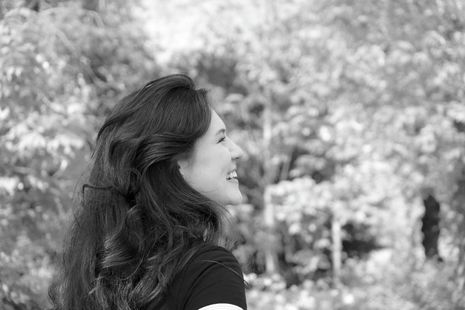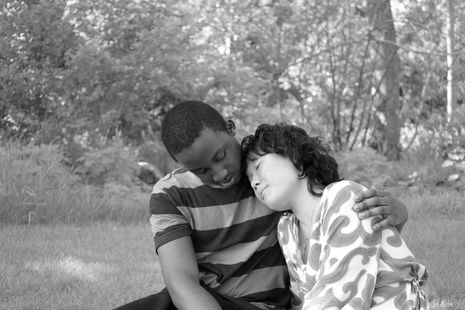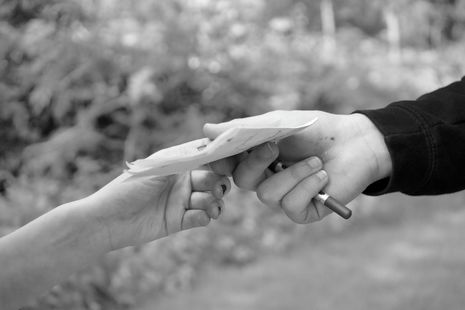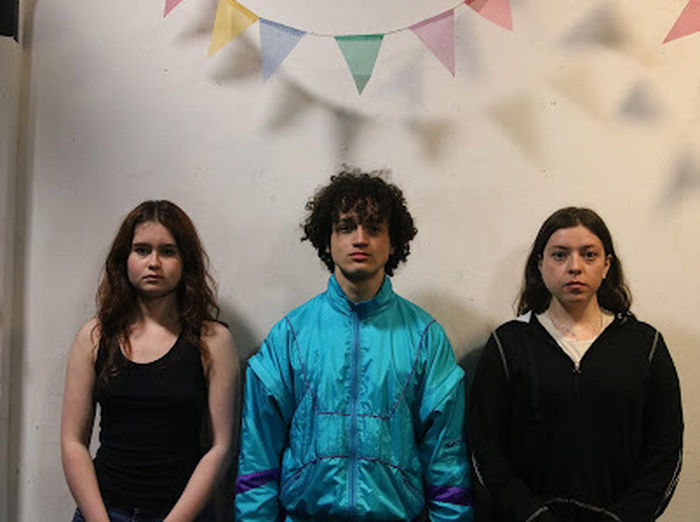The Seagull is set to fly high
Putting nature at its heart, this production has taken a playful, collaborative approach to stitch together their own version of Chekhov’s naturalist classic

The director draws in her design and technical team with her hopes for a dropped forestage and custom pier, to create a lakeside resort in all its summertime glory. An actress finds a wounded finch in Queens’ College Walnut Tree Court and uses it to guide her bird-like physicality work with the movement director. The assistant director and two actors rehearse a scene by walking through Jesus College’s cricket pavilion’s grounds as though strolling through a country estate.
“The team want to see the atmosphere of the countryside transposed physically onto the stage”
Natural life occupies these back-stage preparations and will take centre stage (quite literally) in this environmentally-conscious production of The Seagull. Down to the peeled, greenish wood used for the pier, Tungsten Tang and Hugh Bowers (set designer and technical director) have “let nature do some of the job for us”: local tree surgeons will become theatrical collaborators through their plans to suspend tree limbs across the ADC’s back wall. Though appreciating Jamie Lloyd’s stripped-back, cork-board box stylisation of The Seagull (2022), Mimi Pattinson (the director) and her team now want to see the atmosphere of the countryside transposed physically onto the stage.

The Seagull begins in summer on Sorin’s country estate and ends inside a drawing room, winter closing in. It stages the love affairs and artistic dreams of the paling actress Arkadina, her lover the famous writer Trigorin, her son the experimental playwright Konstantin and the neighbour-turned-actress Nina. Numerous love triangles unfold, forming strange new shapes, as Medvedenko yearns for Masha whose heart aches for Konstantin. This web of “sex, power dynamics, and desire” (as Mimi neatly summarises) is both the joy and the tragedy of the play. Ollie Flowers (who plays Konstantin), in turn, believes that the central tragedy of Chekhov is that “everyone is saying the right thing to the wrong person”.
“The actors’ infectious love for the show stems, in part, from the time and care taken by the directors for character-work”
Ollie, joined by Emma Dawes and Jacob Benhayoun (playing Nina and Trigorin), could talk about The Seagull forever and I didn’t want to stop them. Jacob tells me about his time in the Seeley Library, reading from the Electronic Legal Deposit’s archive of Anatoly Efros’ groundbreaking production of The Seagull (1966). He pulls this Efros quotation out of a little black notebook: “The moment you play sadness, Chekhov ends and nonsense begins”. These three, under the guidance of Mimi and Eoin McCaul (the assistant director), want to avoid melodrama, instead considering that their characters’ surfaces, their “veneers and patinas” may appear different to their “inner tempo” (Ollie).

These actors’ infectious love for the show stems, in part, from the time and care taken by the directors for character-work. This is what marks this process out as different for them from improvisation to using their own 21st-century translations in rehearsal — these actors have dared to mould these well-known characters into their own. Emma explains that there’s a tendency for Nina to be played as a bit of a “manic pixie dream girl”, but in their interpretation, Nina is self-aware, “manipulative in a coquettish sort of way”. Jacob wants to play Trigorin as unremarkable, rather than feeding into Trigorin’s stereotypical suited and booted allure, so that Nina’s tragedy is built on an “illusion solely predicated on his fame”. Ollie wants to find the “ecologically humane” foundations that Nina and Konstantin’s relationship grows out of, as they share an “appreciation for nature” that is “actually very romantic”.
I sat with Eoin in the gardens of Newnham College — ironically underscored by birdsong — to talk about how the show is coming together. He expands: “if you can find a physical life, then that’s one step closer to finding an emotional life”. Recently, he said, the cast have “left an idea of the period behind and their characters are now really breathing and existing and being affected by each other — now they’re just people”. As Mimi paraphrases Chekhov himself, characters are “having dinner and their lives are falling apart”. The Seagull is the ordinary (people who love, who lust, who have to navigate growing up) at its most arresting.
And so, this is a show about people who “desire to be extraordinary and shine”, as Mimi puts it. I have no doubt, speaking to the team of creatives and actors, that this production will fulfil the unrelenting desires it lays out for its characters: to be extraordinary and shine. The contemporary knot in this play is looking at how we interact with the environment and with each other. Friends, family, unrequited love and heartbreak operate in an architecture of wilderness, cool water, and the skeletons of roof trusses. Muddling through “boundaries, longing and self-love” (or where it’s missing) in the characters, Mimi explains that they have spent time understanding the “heart of each character”. It has been a “heartful approach” and the process has clearly tugged at the heartstrings of the cast, too. Soon, it could be you in the ADC’s purple chair, noticing how The Seagull affects your heart.
The Seagull plays at the ADC Theatre from Tuesday 16th to Saturday 20th May, 7:30pm
 News / SU reluctantly registers controversial women’s soc18 December 2025
News / SU reluctantly registers controversial women’s soc18 December 2025 Features / Should I stay or should I go? Cambridge students and alumni reflect on how their memories stay with them15 December 2025
Features / Should I stay or should I go? Cambridge students and alumni reflect on how their memories stay with them15 December 2025 News / Dons warn PM about Vet School closure16 December 2025
News / Dons warn PM about Vet School closure16 December 2025 News / Cambridge study finds students learn better with notes than AI13 December 2025
News / Cambridge study finds students learn better with notes than AI13 December 2025 News / Uni registers controversial new women’s society28 November 2025
News / Uni registers controversial new women’s society28 November 2025










